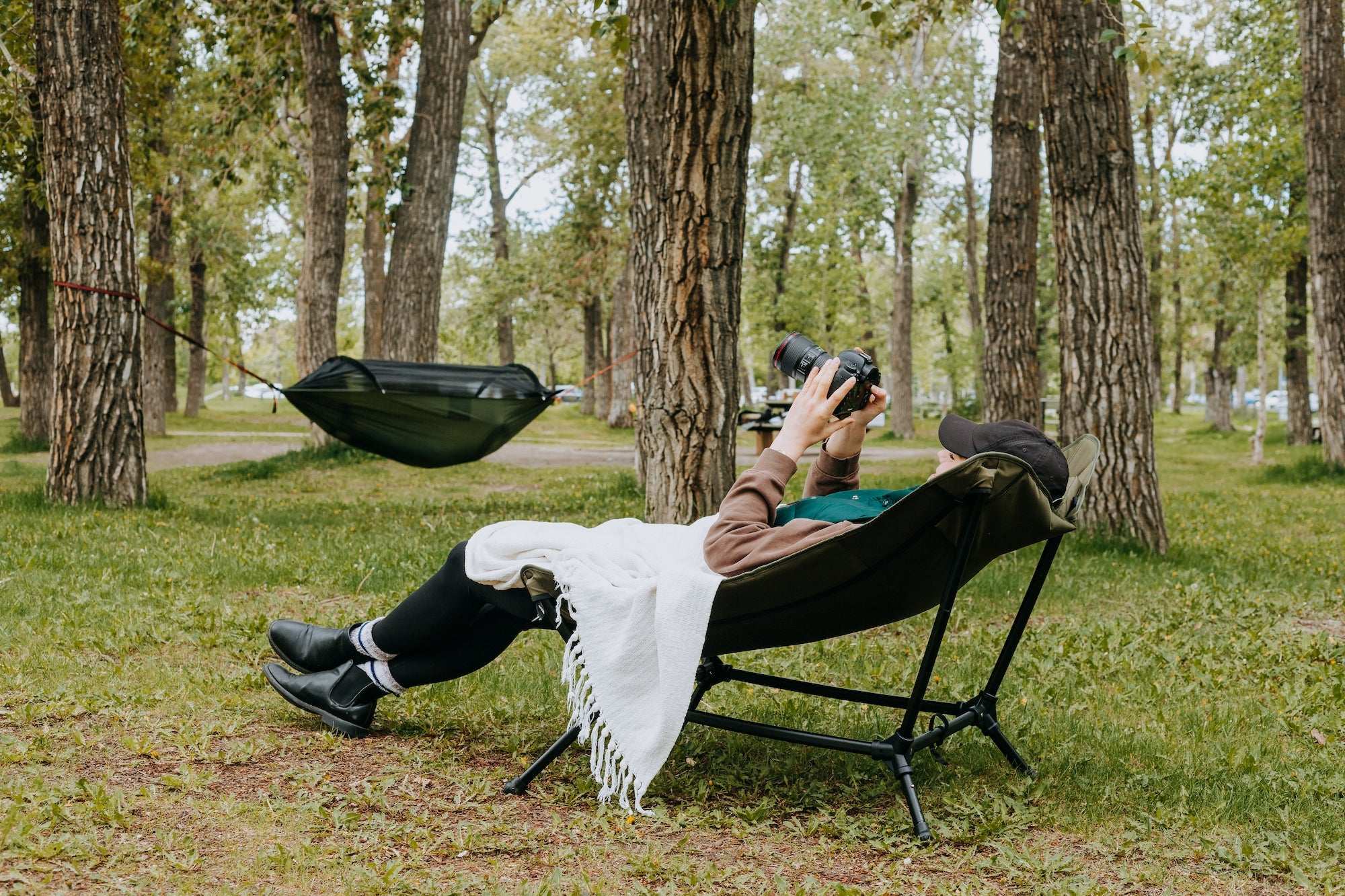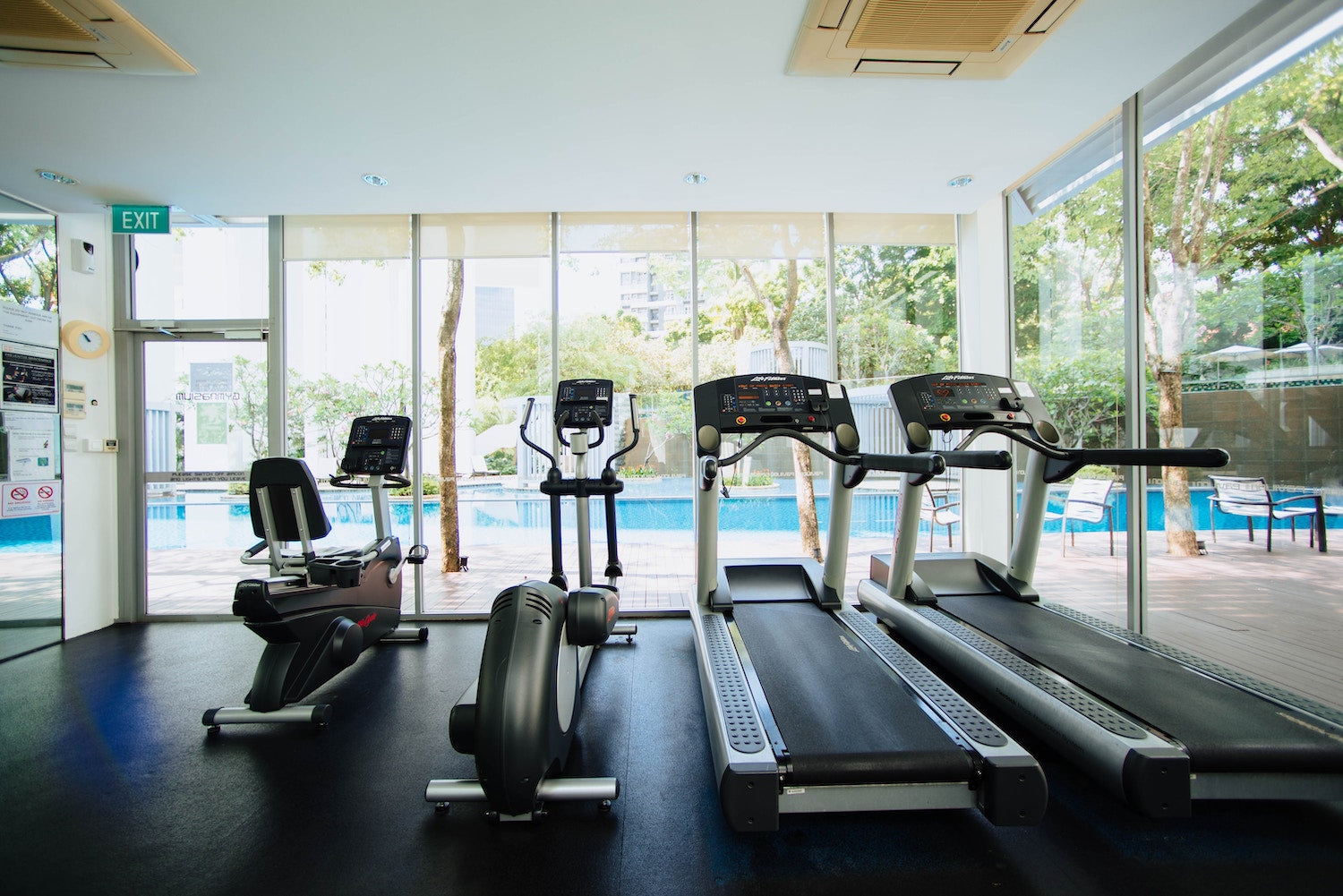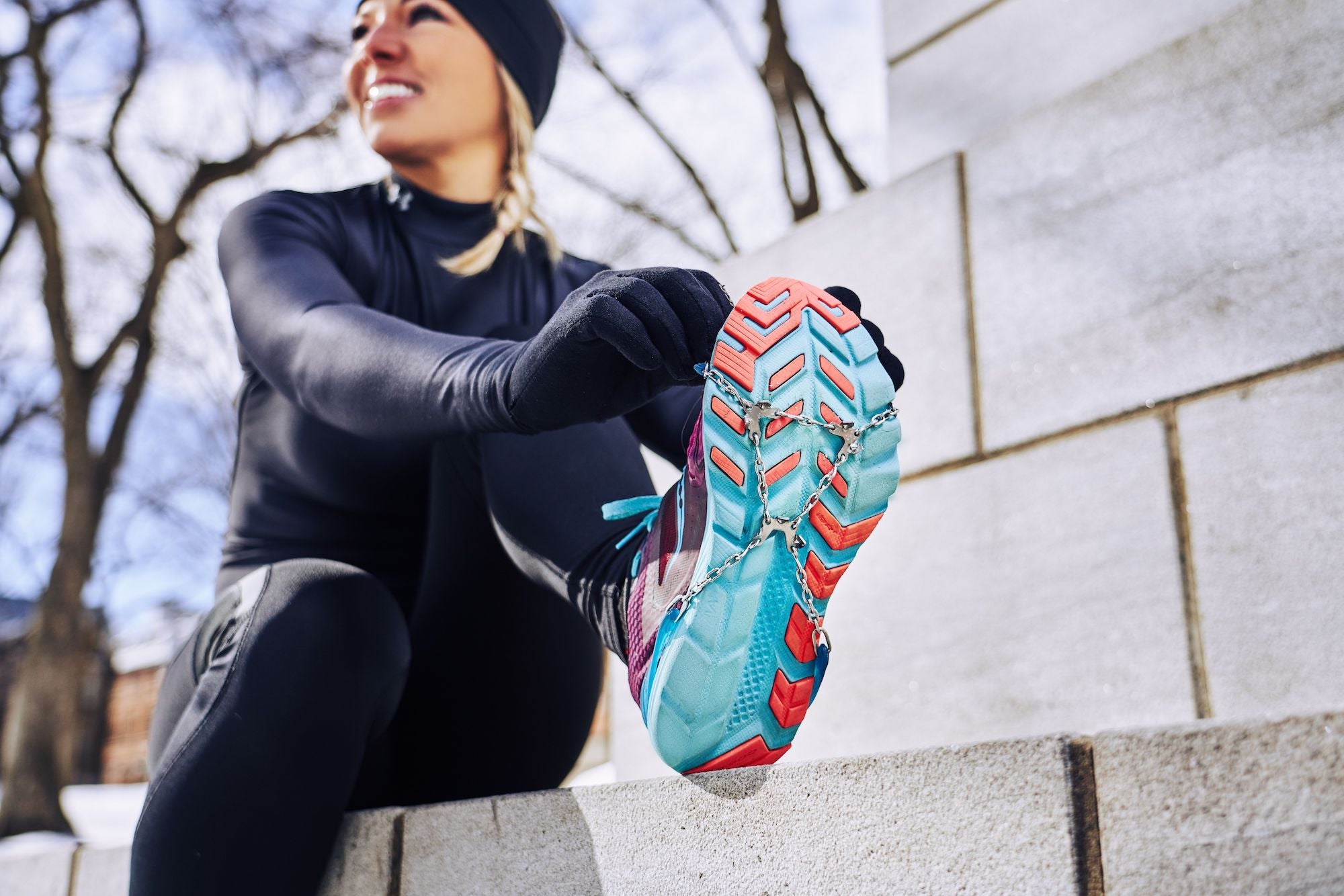Many people assume that running on a gym treadmill is the same as running outdoors in nature, and that it’s very easy to make the transition between these two types of running. However, the reality is that the actual, physical mechanics of running is different outdoors. Think about it – instead of running on a never-ending flat surface, you are running up and down hills, along winding trails, or up and down sidewalk curbs. Moreover, you also have to contend with wind resistance, slippery surfaces and humidity. So, with that in mind, here are a few practical steps you can take to transition from treadmill to outdoor running.
Change the incline on your treadmill
Perhaps one of the most important things that you can do to prepare for running outdoors is getting used to run on inclined surfaces. So, on your gym treadmill, try to ramp up the incline to 1 percent, and then 2 percent, as you get your body used to moving up and down different types of surfaces.
Slow down your pace
In the gym, have you ever seen the workout mavens who crank up the speed on the treadmill so that they are sprinting rather than running? That’s simply not possible outdoors, especially in cold wintry conditions. The gym is really an optimal training environment, and when you run outdoors, you’ll notice very quickly that your overall pace is going to decrease, filled with more side-to-side movements instead of just charging straight ahead. So slow down your pace and get your body ready to run at a more moderate pace outdoors.
Choose natural surfaces over hard pavement
As you begin to swap out gym workouts for outdoor workouts, choose your locations carefully. In order to minimize the risk of stress and strain on your body, choose natural surfaces – such as groomed trails – over hard asphalt or pavement. In a gym, treadmills will help to absorb the impact of constant pounding. You won’t get that same type of cushioning when running on urban streets, and may experience soreness in your ankles, shins or knees as a result.
Think in terms of circular loops
There are two ways to plan a run outdoors. One way is to think of a route as a movement from Point A to Point B, followed by a careful retracing of the route back from Point B to Point A. But a better way is to think about a running route as a circular loop. By planning circular runs, you won’t have to worry about straying too far from your home, and realizing too late that you have gone too far.
Prepare for the elements
Finally, when running outdoors, you need to consider the elements. If it’s wet and windy, you will need to wear (at a minimum) a rainproof windbreaker or other gear. If it’s particularly cold and blustery, you might want to add a breathable base layer. And if you decide to squeeze in some trail running in snowy conditions, always make sure that you have the right winter traction. Winter ice crampons that slip on over your shoes can give you a sturdy grip and safe traction, even in icy conditions.
**
If you’re thinking of making the transition from treadmill to outdoor running, keep these important points in mind. Once you’ve taken into account the different ways to prepare yourself both mentally and physically for running outdoors, you’ll see how free and liberating it can be. Instead of going nowhere fast on a hard rubber surface, you’ll be exploring the world around you and becoming more attuned to your body’s natural rhythms.





Leave a comment
All comments are moderated before being published.
This site is protected by hCaptcha and the hCaptcha Privacy Policy and Terms of Service apply.